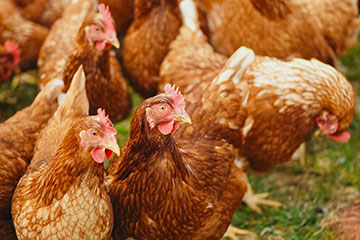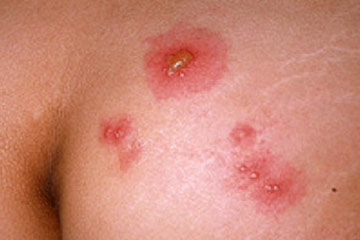Food Allergies: What You Need to Know
Know the Symptoms
Symptoms of food allergies typically appear from within a few minutes to two hours after a person has eaten the food to which he or she is allergic.
Allergic reactions can include: | |
|---|---|
Anuncios |
|
About Other Allergens
Persons may still be allergic to — and have serious reactions to — foods other than the eight foods identified by the law. So, always be sure to read the food label's ingredient list carefully to avoid the food allergens in question.
Allergy Alert: Mild Symptoms Can Become More Severe
Initially mild symptoms that occur after ingesting a food allergen are not always a measure of mild severity. In fact, if not treated promptly, these symptoms can become more serious in a very short amount of time, and could lead to anaphylaxis. SeeThe Hard Facts to the left.
Severe Food Allergies Can Be Life-Threatening
Following ingestion of a food allergen(s), a person with food allergies can experience a severe, life-threatening allergic reaction calledanaphylaxis.
This can lead to:
- constricted airways in the lungs
- severe lowering of blood pressure and shock ("anaphylactic shock")
- suffocation by swelling of the throat
Each year in the U.S., it is estimated that anaphylaxis to food results in:
- 30,000 emergency room visits
- 2,000 hospitalizations
- 150 deaths
Prompt administration of epinephrine by autoinjector (e.g., Epi-pen) during early symptoms of anaphylaxis may help prevent these serious consequences.






